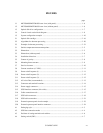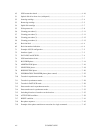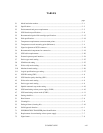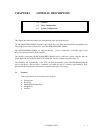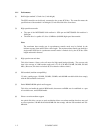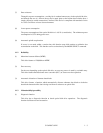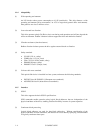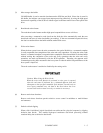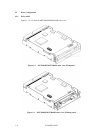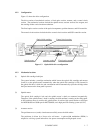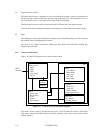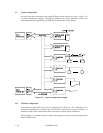
C156-E097-01EN 1 - 5
(3) Mass storage data buffer
2,016 KB buffer is used to transfer data between the SCSI bus and disk. Since data is stored in
this buffer, the initiator can execute input-output processing effectively by using the high-speed
data transfer capability of the SCSI bus without regard to the data transfer rate of the optical disk
drive.
(4) Read-ahead cache feature
The read-ahead cache feature enables high-speed sequential data access as follows:
After executing a command to read data from the disk, the drive automatically reads the next
data block and stores it in the data buffer (pre-reading). If the next command requests this data,
the data is transferred from the buffer without another disk access.
(5) Write cache feature
When the host system issues the write command to the optical disk drive, a command complete
is usally responded after completion of the write and verify operations. By using the write cache
feature, a command complete is responded after completion of the data transfer to the data buffer
without waiting the completion of the write and verify operations then the write and verify
operations are made asychronouslly with the SCSI operation. Therefore, the apparent write
command processing time measured at the host system is reduced and the I/O performance of the
host system is improved.
The write cache teature is enabled or disabled by the setting swich.
Cautions When Using the Write Cache
When the write cache function is activated, a write error is reported
when the end status is indicated for a command different from and
subsequent to the specified command. If the initiator executes only an
error report command retry, the data in the block where the error
occurred will not be written correctly, so caution is necessary..
(6) Reserve and release functions
Reserve and release functions permit exclusive access control in multihost or multi-initiator
environments.
(7) Defective block slipping
When a disk is initialized, logical data blocks are reallocated in a physical sequence by slipping
defective data blocks. This enables high-speed continuous data block processing without
rotational delay due to defective data blocks.



